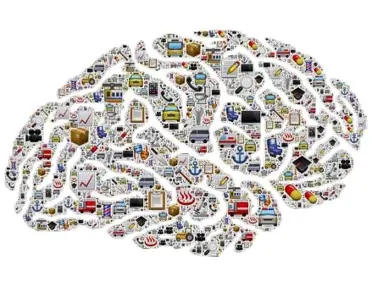Prior Knowledge
Access to prior knowledge influences how we learn new material.
Our brains grow primarily by making connections and then strengthening those connections. Every memory we have is likely stored in a different area of the brain. The more connections that are made to these memory stores, and the stronger those connections are, then the better the memory will become.
When learning new material, the brain naturally searches its stored memories (long-term memory) and seeks to make connections between the new and old content.
To make learning and remembering easier, we can help the brain by building these connections before and during the learning of new material.
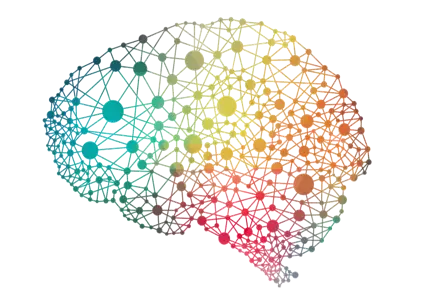
Frequency Effect
The more we are exposed to an object, the more our brain becomes receptive to it.
The more often we are exposed to something, the more receptive our brains are to them; the more they become committed to memory.
Some schools rely heavily on repetition of vocabulary to commit it to students' memory. This is a classic example of the frequency effect.
When repetition occurs with differentiation, meaning we are exposed to the same object in a different context or setting, recall of that item is greater.
词频效应是一种阅读现象,它表明出现频率更高的单词更容易阅读。

Memory Recall
Recall is the process of remembering information. There are 4 main types.
The four main types of responses are:
a) Free recall: This is the recall of information in any order. Free recall often shows evidence of a serial position effect (primacy-recency effect).
b) Serial recall: People usually recall event items in the order in which they occurred (called "linking"). In long-term memory, the entire sequence is stored as a complete sequence; but in short-term memory, they are stored as a list of items.
c) Associative recall: People tend to recall items in long-term memory based on how they are associated with other items. Try thinking about a tiger’s nose – you will most likely have to think about the whole tiger’s face (or the whole tiger) first. These associations are made in your brain based on your schemas and mental maps.
d) Cued recall: This is when a person is given a list of items to remember and then uses cues to
The Forgetting Curve
Memory weakens over time. The greatest decline in memory occurs soon after we learn something.
In 1885, a scientist named Hermann Ebbinghaus suggested that learners first begin to forget quickly (within 20 minutes of learning); and will forget most of what they learned within 24 hours.
He also suggested that each time we review the information, we can remember it for a longer period of time before the forgetting process occurs.
He suggested that every time we learn something again, we start to remember more; or we forget less. He called it the forgetting curve.
Personal content is the only exception to this rule.
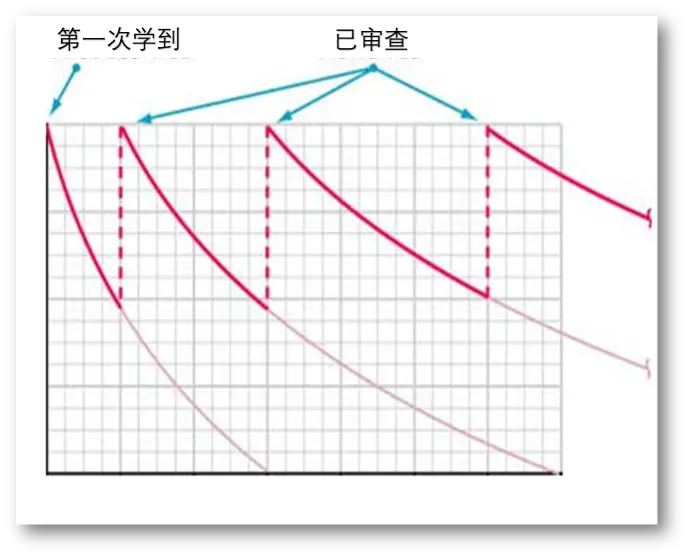
Spaced Repetition
Items are better remembered when you add a gap between each review period.
Our brains attach more importance to repeated information.
When information is spaced out over time, it receives better attention, the information becomes fresh again, and therefore the brain is more willing to actively relearn it.
Each relearning interval should be larger than the previous one (see forgetting curve).
The best time to review/recall information is when we are about to forget it.

Levels of Processing
The more we think about something while we are learning it, the better we will be able to recall it later.
We process information on a continuum of shallow and deep thinking.
Shallow processing means seeing only the surface or obvious ideas related to an object or topic. In deep thinking, we look beyond the surface to find connections, meaning, and impact.

Associative Recall
Two things are better remembered when they are linked or associated. One thing is better remembered if it is associated with previous learning.
The brain is made up of networks of neurons. They form a network of connections within the brain.
When two memories are related, the neurons responsible for those memories come into contact and form a connection
The more connections that are made to a single neuron, the more powerful that neuron and its memory become.
This explains why making connections during the learning process is so important for recalling that information in the future.
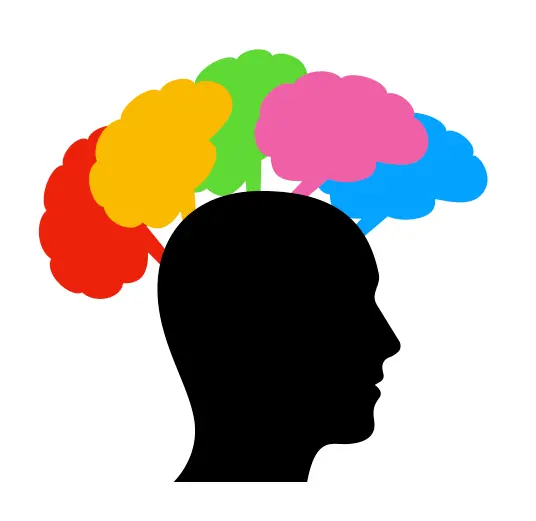
The Context Effect
Memories out of context are harder to retrieve than memories in context
Words and slang words out of context mean little and are therefore more easily forgotten.
Placing words and phrases in context not only gives them meaning, but it creates associations and allows the brain to form mental images.
This means that random lists are difficult to remember.

The Picture Superiority Effect
Concepts learned through graphics and images are recalled more easily and frequently than those learned through text.
The human brain was never designed to recognize text. Like all animals, the brain is designed to recognize pictures/images.
This means that pictures, images or graphics are easier to remember than text.
Try and Example: Remember these words
"elephant, red, cloud, sit, purple, piano, blue, yellow, hat, rain, bird, fly, two, piano, chair, bee, black".
Wait 5 minutes and see how much you can remember.
Then look at a picture and rethink these words:
"There is a purple elephant with a black hat sitting on a chair and playing a blue piano in the rain. There are two white clouds in the sky, a red bird and a yellow bee."
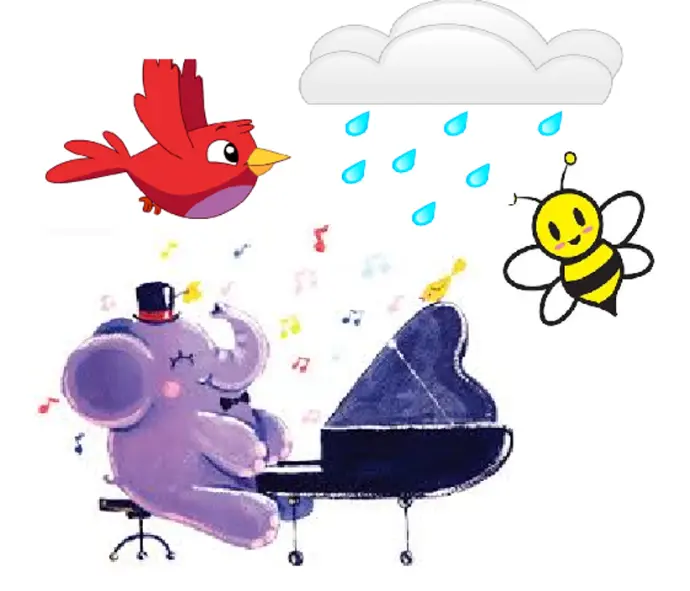
Stories
Content presented in story format is easier to remember than context
From the time we are young, we are programmed to enjoy and accept stories. Stories are inherent in human nature.
Not only do stories help capture our interest and attention, but stories also help the brain visualize the words being said or written. Stories also help us connect with the content in an emotional way.
Boring information only activates the language part of the brain, but presented in the form of a story, the same information can activate the part of the brain responsible for sensory and emotional processing.

Patterns
The human brain is the greatest pattern recognition machine the world has ever seen. It can even recognize incomplete sequences.
When it comes to creating a website, there is no supercomputer on Earth that can recognize patterns faster than the human brain.
Our ability to recognize patterns is so strong that some scientists have linked it to intelligence, arguing that what makes one person smarter than another is simply a better ability to recognize patterns.
Children are able to pick up their first language easily because they notice the patterns in the language.
Try to remember random numbers 6, 10. 16. 20. 22, 24, 7, 9. 17, 29. Wait 5 minutes and try again. Then look at the pattern and repeat the exercise.

The Serial Position Effect
When presented with a list of words, we tend to remember the first and last items of the list better (unless some other effect occurs).
If we have to remember lists, we should take advantage of the serial position effect. This consists of two separate effects called the primacy effect and the recency effect.
The primacy effect states that the information presented to us first is better remembered than the rest.
The recency effect states that the information presented to us last is better remembered than the rest.
Information in the middle is more likely to be forgotten unless other effects occur.
There is another related effect called the modality effect, which states that recall of the last item in a list is higher when the list items are received verbally than when they are received in writing.

humor
Humorous items are more memorable than non-humorous items.
Research shows that humor can have a positive impact on the learning experience. When something is funny, humor has several effects on the brain.
Laughter releases chemicals in the brain that relax us and make us more susceptible to input (especially information we find difficult or stressful). Some of these chemicals, such as dopamine, also make us feel good and promote enjoyment, thereby increasing interest.
Laughter also increases our energy levels. This can improve memory; while also reducing negative emotions.
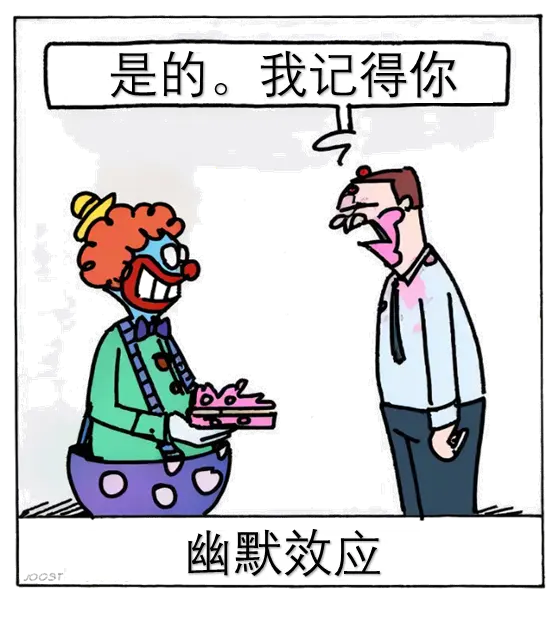
Processing Difficulty
Information that takes longer to read and is more difficult to think about (and more difficult to process) is more likely to be remembered.
The more difficult the information is to process, the easier it is to commit to memory for future recall.
When we look at information, we assign an importance level to each piece of information we look at. This happens unconsciously. The more time and effort it takes to figure out a piece of information, the higher its importance.
Depending on the information you are viewing, this may also activate the Processing Effect Level. common questions efficiently.
We offer a 30-day return policy for all products. Items must be in their original condition, unused, and include the receipt or proof of purchase. Refunds are processed within 5-7 business days of receiving the returned item.

The Testing Effect
Testing students' memory makes memories stronger and easier to retrieve; because recalling information is better than recognition or passive review.
Dozens of studies have shown that you’ll recall 50% more information by self-testing than you would if you spent the same amount of time studying.
The test requires the brain to access its long-term memory, rather than simply re-asserting the information into short-term memory and relying on exposure frequency. Each time the long-term memory of an item is activated, it strengthens that memory trace.
The test utilizes active recall, where we actively stimulate memory during the learning process

The Verbatim Effect
Someone's "ideas" are easier to remember than their exact words.
Memories are never stored as exact copies. We are not computers storing information on a hard drive.
We remember ideas and concepts far better than we remember the exact wording of something.
The only exception might be information we say ourselves using the self-generation effect.

Chunking
When information is broken down into small, well-organized units, it is easier to understand.
Researchers (perhaps dating back to Wilhelm Hundt (1832-31)) have found that, on average, short-term memory can hold between 5 and 9 bits of information.
All information must be processed in short-term memory (located in the prefrontal cortex) before it can be stored in long-term memory.
A bit of information can be thought of as a word or number, or a very short phrase (a few syllables).
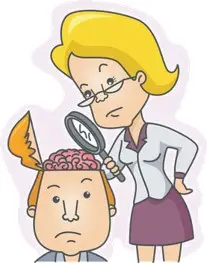
The Interest Effect
We remember things better when our interest in them is peaked while we are learning them.
It is well known that emotions can both help and hinder learning and memory, depending on whether the emotion is related to the learning process.
When students are highly interested in the content as they learn it, memory tends to be better.
Increased interest helps improve concentration and sends signals to the brain that the information is important to us.

The Eureka Effect
Also known as the Aha! effect, we remember difficult things better when they suddenly become clear and obvious through discovery rather than being told.
The Eureka effect, also known as the Eureka moment or Aha! moment, is when we suddenly understand a problem or concept that we previously could not understand.
To solve insight problems, one must “think outside the box.” It is this careful rehearsal that may lead to an Aha! moment.

Levels of Importance
The brain associates a certain level of importance with everything it perceives.
If your brain had to actively think about everything that’s going on (like your heartbeat, your feelings, and everything you hear, see, smell, and touch), it would be constantly overloaded with information.
To combat this, Bran assigns all forms of input an importance level through a series of mental filters. While doing this, it also assigns a higher level of importance to information it wishes to remember.
The three most important types of information are:
a) Personal information: Personal things about the learner and their personal life.
b) Survival critical: Things we need to survive.
c) Information we need right now (at that moment)
